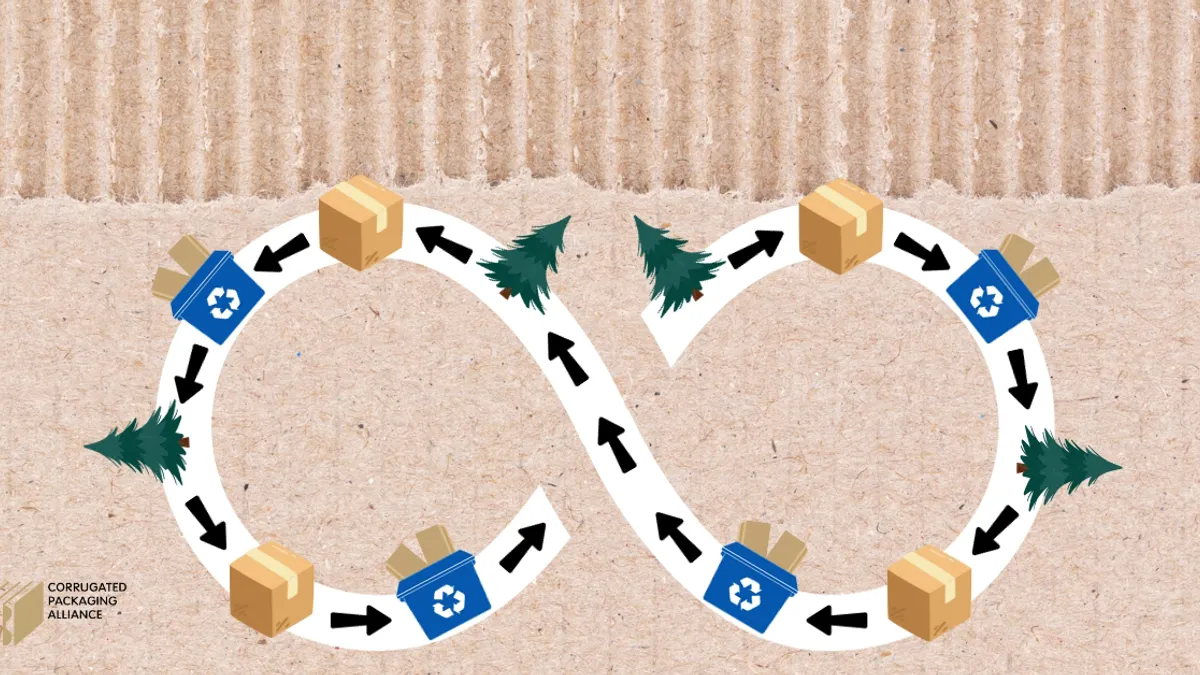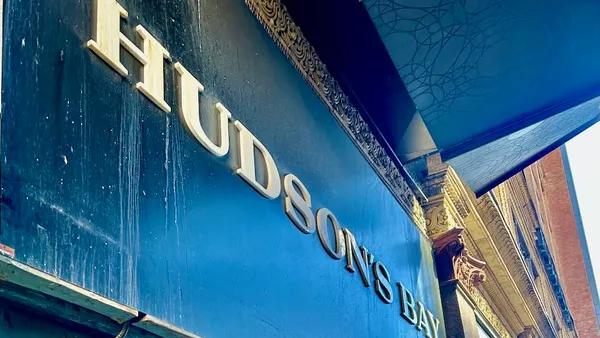Environmental issues are heating up as scientific research accumulates showing the effects from greenhouse gases on the atmosphere. As the situation becomes clearer and more urgent, consumers are examining their own responsibility and looking to businesses to help them do the right thing. More and more, consumers expect responsible product packaging.
The ubiquitous corrugated cardboard box carries all varieties of food and other products through supply chains to retail stores and even to online shoppers’ homes. Stores then recycle those boxes and so do most consumers, helping achieve today’s 93% recycling rate – far more than any other packaging material. In the case of home delivery, the box also serves as brand ambassador representing the sustainability of the product inside and the company that produced it. The box sends a definitive message about a brand’s commitment to sustainability.
Believing that suppliers, retailers and customers deserve access to scientific, quantifiable information about a corrugated box’s environmental impact, the corrugated industry has been conducting life cycle assessments (LCAs) since 2006. The latest LCA documents improvements in the industry’s environmental performance – and the results are striking.
The study showed the corrugated industry reduced its per-unit greenhouse gas emissions for an average US corrugated box by 50% from 2006-2020. This signifies a meaningful decrease in the industry’s contribution to the most urgent and predominant threats to our environment and the climate.
The LCA, conducted for the Corrugated Packaging Alliance (CPA) by Anthesis and the National Council for Air and Stream Improvement (NCASI) with third-party review by the Athena Institute, analyzed the cradle-to-grave circular life cycle of an average corrugated cardboard box made in the U.S. in 2020. It estimated impacts to land, air and water based upon the raw materials, manufacturing of those materials into boxes, the distribution/transportation and use of the boxes, and the end-of-life.
Reductions were also achieved in ozone depletion (13%), energy usage (13%), water usage (18%), acid rain (41%), smog (44%), respiratory effects (54%) and eutrophication which leads to algae blooms and dead zones in bodies of water (30%).
The corrugated packaging industry’s progress was attained through energy improvements, strong recycling infrastructure, sustainably managed forests, and an ongoing commitment to improvement. The industry continues shifting to cleaner-burning fuel, has increased its participation in a greener U.S. electric grid, and made investments in energy efficiency.
In addition, corrugated boxes are made from both new, fresh fibers and fibers from recycling old corrugated containers (OCC). The new fiber comes from trees grown in sustainably managed forests, where they continually remove carbon dioxide from the atmosphere. The reuse of OCC also helps avoid carbon dioxide and methane emissions from landfills by diverting used boxes into recycling streams instead. This combination of both new and recycled fibers maximizes fiber reuse and enables circularity. Much of this progress is also driven by the sustainability commitments of companies in the industry. Retailers’ recycling practices are a major contributor to the industry’s recovery rate, and always have been.
It is important for brands to understand the impact of the packaging used to transport products. Transparency is equally important. Using the most environmentally-responsible packaging possible and communicating that commitment to consumers serves to enhance a product’s appeal and the company’s reputation.
For more information about the corrugated industry’s LCA, please visit https://www.fibrebox.org/life-cycle-assessments.










